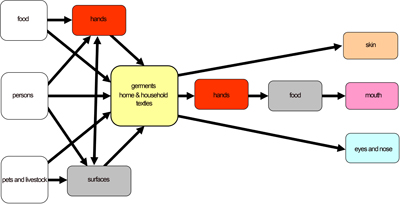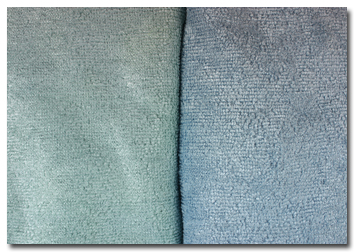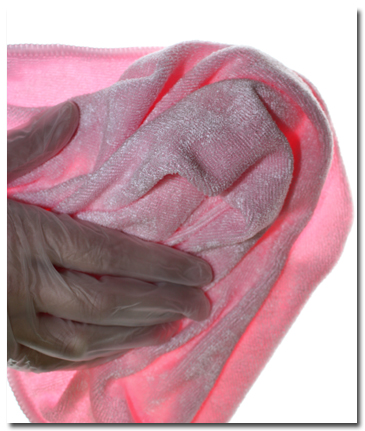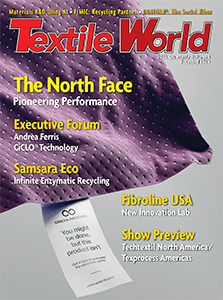WHITE PLAINS, N.Y. — January 7, 2014 — SURTEX® announces the judges for the 2014 International Student Design Competition, designext®, that honors outstanding art & design students for exceptional surface design work.
The judges will convene on February 3rd and 4th to view and score more than 100 entries from well-known design schools around the world. Four winners will be selected and invited to display their work at SURTEX, from May 18-20 at the Jacob K. Javits Convention Center, New York City. Each winner will have his/her portfolio professionally critiqued by the experts, and be invited to participate in show events to round out their educational experience. One Grand Prize Winner will be named and awarded a $1000 cash award.
designext® has a history of judges that are well respected in the art and design community. This year’s expert judging panel includes:
- Dorothy Cosonas, Creative Director of Knoll Textiles and Knoll Luxe; recipient of the best of NeoCon Gold awards for KnollTextiles upholstery collections in 2006, 2008, 2011 and 2012, as well as for her textile collaborations with fashion designer Rodarte (2010) and SUNO (2013).
- David Laubach, Director of Design, Avanti Press, Inc.; directs New York and Detroit Avanti creative teams for all product development, merchandising, licensing and advertising.
- Bonnie Mackay, Principal at BMackay Consulting, recent Director of Creative & Marketing at MoMA, (Museum of Modern Art); directed and developed the MoMA Retail rebranding of the catalog, website, packaging, advertising, store redesign and in-store renovations.
- Susanne Martinez, VP, Design and Product Development, SFERRA Fine Linens; duties extend beyond product development and offerings – head of the company’s design team, in charge of all product offerings.
“Having your work critiqued by some of the best and top professionals in the industry is a major plus for these students. The experience and feedback they will receive at SURTEX is invaluable,” says Penny Sikalis, GLM Vice President and SURTEX show manager.
In its 28th edition, this year’s competition theme will be “STREET INSPIRATION”. Participating students are being asked to submit original surface designs inspired by what they think will be “street influences” in the year 2020. Submissions are to include a collection of six surface designs for one of the following categories: WEAR, WORK, LIVE and PLAY.
For moredesignextcompetition details or information on judges, please visit www.surtex.com or contact Michelle Daniels at mdaniels@glmmarkets.com or 914-421-3216.
Posted January 7, 2014
Source: SURTEX







